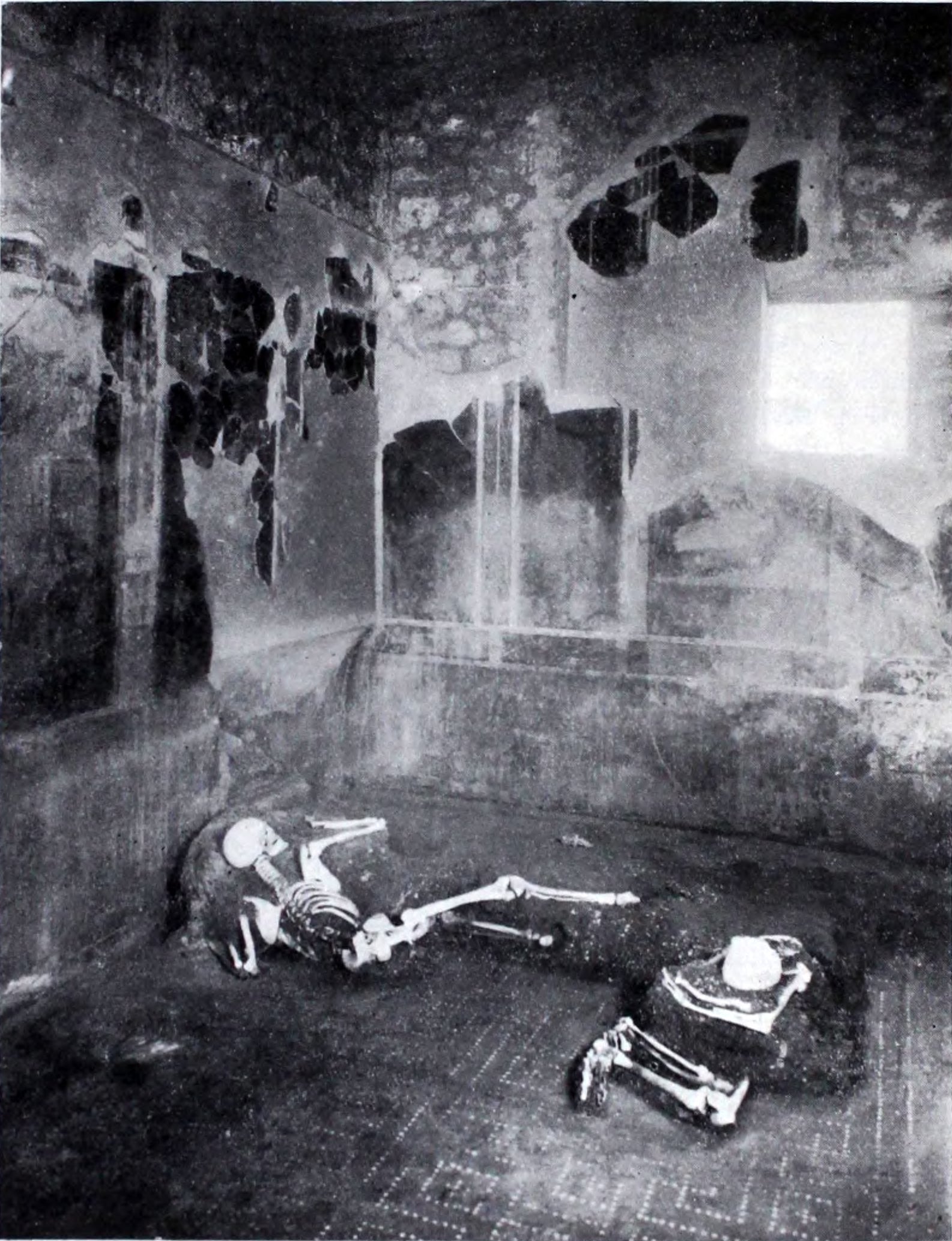The superheated volcanic material that swept through Pompeii nearly 2,000 years ago killed the city’s residents while preserving their bodies, homes, belongings, and even their DNA. Now, a team of scientists has managed to sequence a complete genome of a man who perished in the eruption.
Pompeii is a famous archaeological site southeast of Naples, Italy. Like the neighbouring Roman town (now archaeological site) of Herculaneum, Pompeii was buried in 79 CE by a catastrophic eruption of Mount Vesuvius, a volcano north of the city, which coated the town and its inhabitants in ash. But thanks to the eruption, Pompeii is preserved in exquisite detail; Roman murals still decorate some of the villas in town, 2,000-year-old food still sits in the outdoor markets, and the unfortunate victims of the eruption are famously encased in ash, with their final postures and facial expressions still discernible.

In new research published today in Scientific Reports, a team of researchers describe the first genome sequenced from remains at Pompeii. The researchers extracted DNA from two people — one male and one female — who were found in the town’s House of the Craftsman.
Based on their position and orientation in the house, it is believed that the residents died instantly in the pyroclastic flow — a superheated, fast-moving cloud of ash and other volcanic material. One was a 1.52 m, 4-inch man between 35 and 40 years old, and the other was a woman over 50 and about 1.52 m tall, the scientists reported.
The team extracted and sequenced DNA from the petrous bone of both people; the petrous bone is a pyramid-shaped segment of bone located near our inner ears that preserves DNA remarkably well. Though both bodies had recoverable DNA, only the man’s entire genome could be sequenced. As a result, the researchers learned many more details about the man’s genetic ancestry and health.
This Pompeiian genome was compared with previously published data on ancient populations, as well as the DNA of 471 present-day West Eurasian individuals. Interestingly, the DNA the man inherited from his mother — called mitochondrial DNA — was similar to that of people who live in Sardinia today. Overall, though, he was most genetically similar to people who lived in central Italy during the Roman Imperial age through to modern times.
They also found DNA from a bacteria known to cause spinal tuberculosis, an infection that’s still around today. The man’s vertebrae showed signs of damage, another clue that he may have been suffering from the illness.
The work suggests that rich genetic information may still be present in other bodies at Pompeii. With future research, we could get a more detailed look at the demography of Pompeii, a bustling city wiped out in an instant.
More: 2,000-Year-Old Food Just Came Out of a Pompeii Snack Bar
